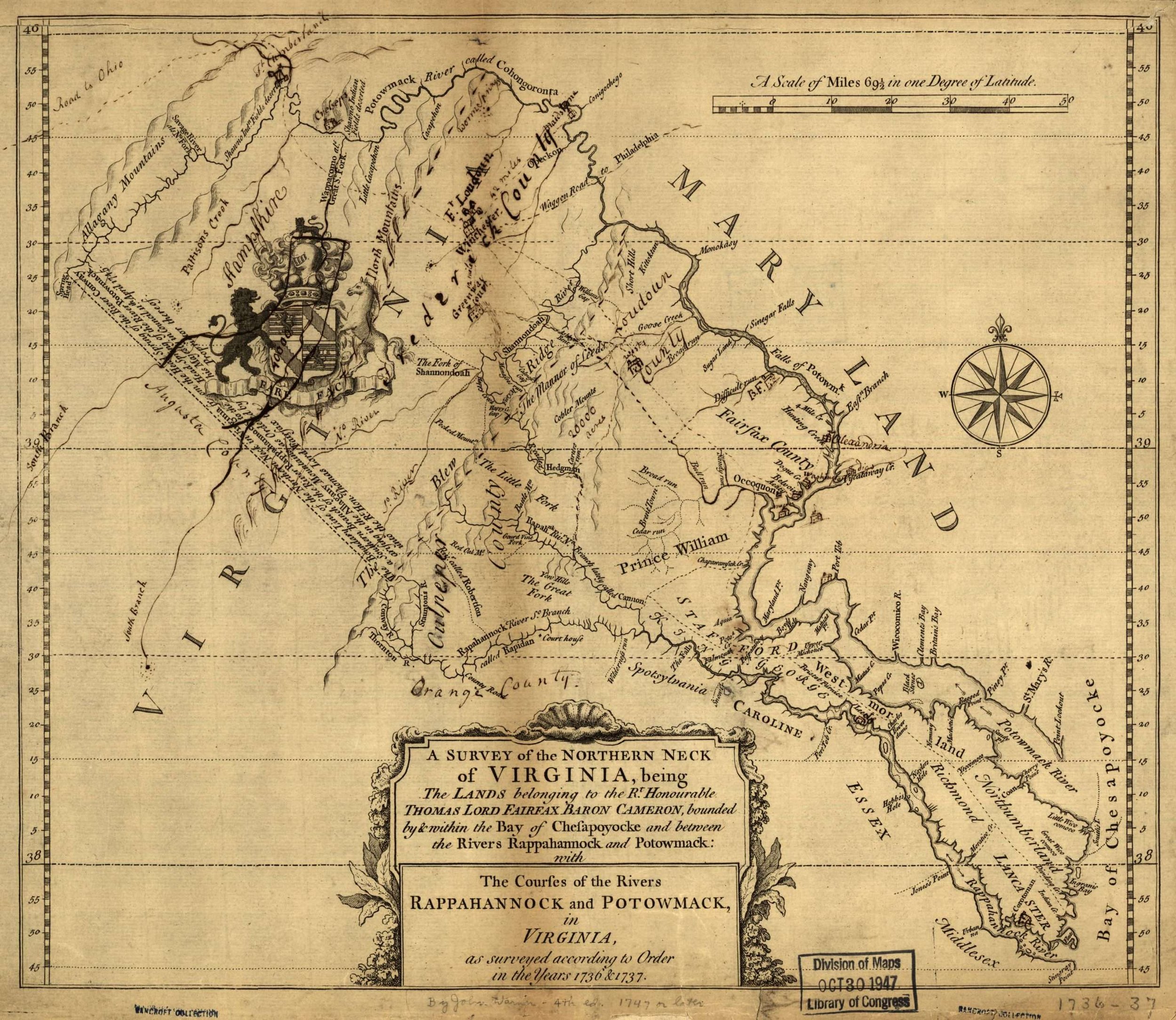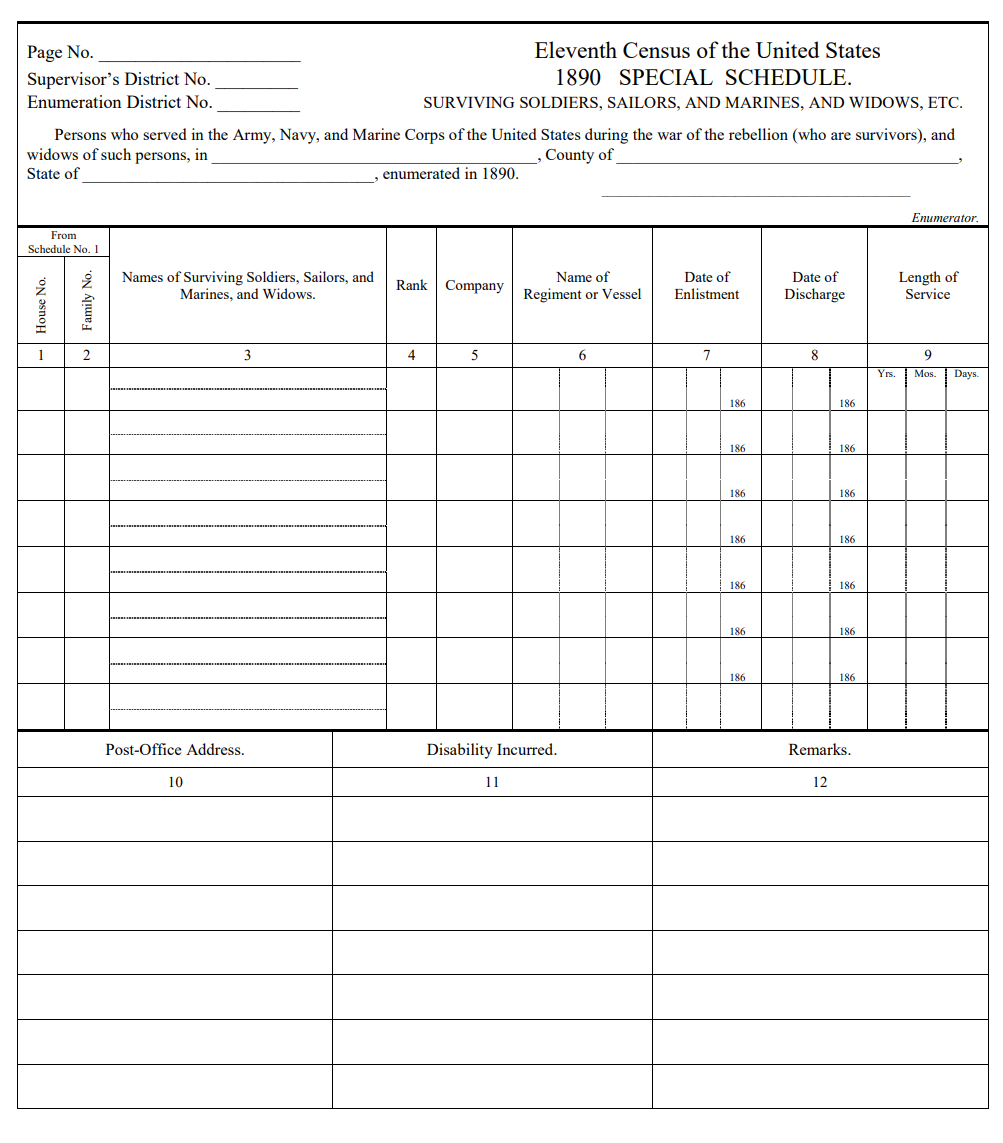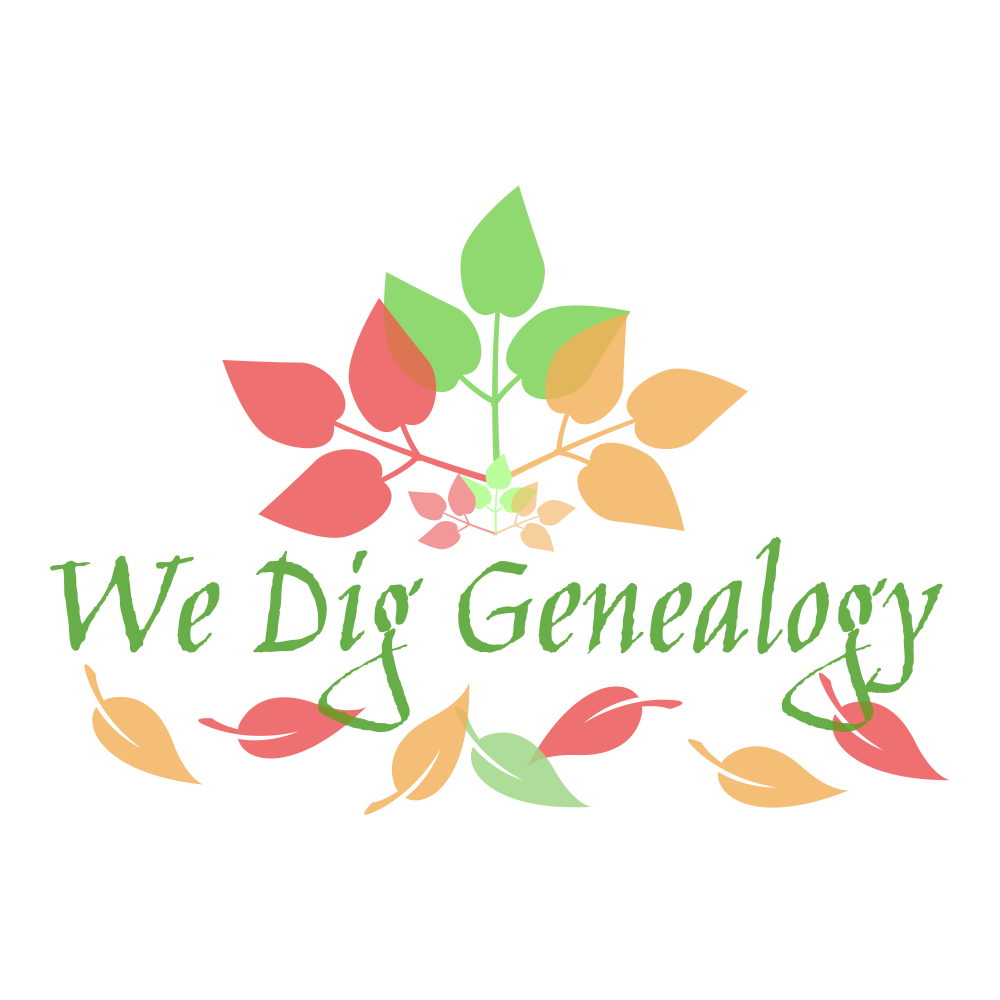
9/11 & The Origin of Family History Month
October is Family History Month. Did you know the proposal for establishing a national Family History Month was first introduced on September 12, 2001 by Utah Senator Orrin Hatch? Come learn about the origins of Family History Month and Get 50% off genealogy research now through October 31, 2024 with We Dig Genealogy.


Why did My Ancestor Move a Lot? (Or did They Really?)
Many records indicate a place where an ancestor was at that particular point in time, but we can’t always trust them to tell us where our ancestor lived. Sometimes the records can be deceiving, and only some additional research can answer our questions about whether or not an ancestor relocated.

Filling in the Gaps: Alternatives to the 1890 U.S. Federal Census - The Census of Union Veterans and Widows
The Census of Union Veterans and Widows of 1890 serves as a viable, if partial, census substitute or alternative for the lost 1890 U.S. Federal Census. The Veterans Schedules should be perused for any ancestor that could have taken part in the American Civil War, whether they lived in the North or the South.

Sleeplessness, a Stephen King Novel, and Small Thinking in Genealogy
A post about genealogy, inspired by insomnia (the sleep disorder and the novel by Stephen King).

Aaron Howard (1795 - 1882) of Geneva (a.k.a. Sulphur Hill), Shelby County, Indiana
Aaron Howard, War of 1812 Veteran and Decatur County, Indiana Pioneer, earned his homestead in the Hoosier state by serving as an Ohio Militia substitute for James Jenkins

Filling in the Gaps: Alternatives to the 1890 U.S. Federal Census - State Censuses
State Census records offer an alternative to the missing 1890 U.S. Census, and can help you fill in gaps, answer questions, and even expand your ancestral knowledge, in many cases.

Indiana: from IA to IN and Early Postal Service in the State
We associate "IA" with Iowa today. At one time though, Indiana was "Ia" or "IA," and for at least part of that time, Iowa didn’t even exist yet.

Manjiro Nakahama: The First Japanese U.S. Resident
Manjiro Nakahama’s story is so intriguingly interesting and entertaining that it sounds like a far-fetched, epic adventure film. Meet the first Japanese resident of the U.S., who is now often known as America’s “First Ambassador to Japan.”

Hoosier vs. Indianan
What’s an Indianan and What’s a Hoosier? If you ask a Hoosier this question, almost all will say that they’ve never heard of an Indianan, but those who have will probably tell you we’re only Indianans when there’s a political race underway in which the rest of the country is interested in the outcome. And with regard to the definition of a Hoosier, anyone from Indiana is going to say that a Hoosier is just someone from Indiana. If asked to explain what the word really means, you might get some of those tall tales I mentioned earlier, or you may just get a “heck if I know” in response.


Jacob Daubenspeck (1797 - 1893) and Elizabeth (Mock) Daubenspeck (1802 - 1882) of Rush County, Indiana
Jacob Daubenspeck and his wife Elizabeth, early settlers whose lasting legacy reverberates through Rush County, Indiana today.

David Washington (1846 - ?)
Classified ads in old newspapers are always interesting. They offer glimpses into everyday life - glimpses unlike those offered by most other primary sources. What made David’s ad stand out was that employment ads aren’t often so specific.

Historic Hoosier Profiles
Indiana has a rich and varied history. That history was written not just by the state’s “notable” residents, but by the everyday Hoosiers who shaped the culture, character, and even the landscape of Indiana.
The Harsher Realities of Genealogical Research
Family history discoveries can be equal parts painful and traumatic and enlightening and illuminating.

Family History — Lost and Found
If you’ve ever walked through an antique mall, then you’ve no doubt seen old photographs, some in frames, hanging on the walls, and others just tossed into baskets or bins in the various booths you peruse. This is always such a sad sight to me - images of often unidentified people, discarded and forgotten.

